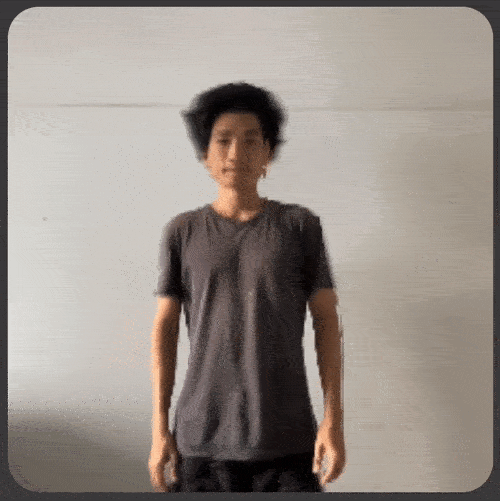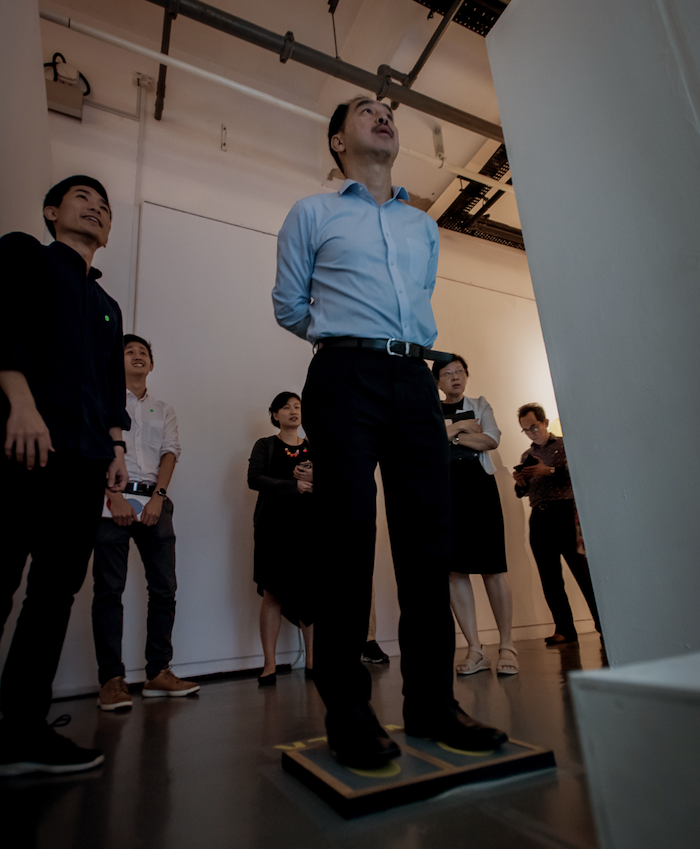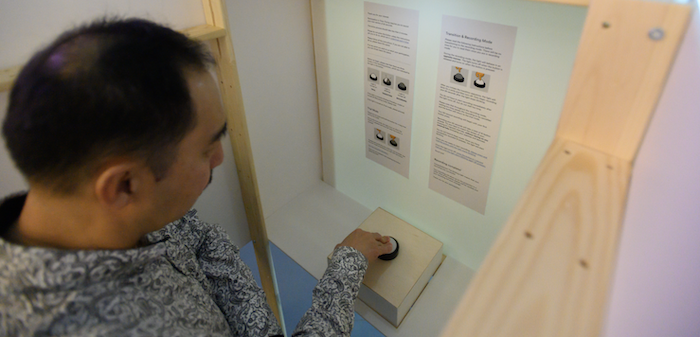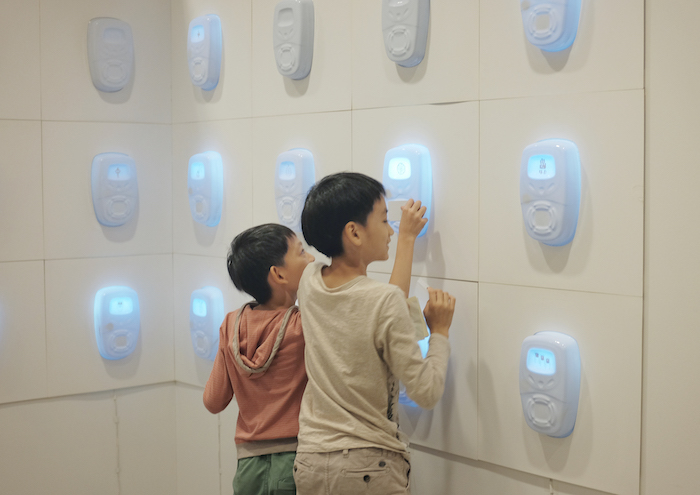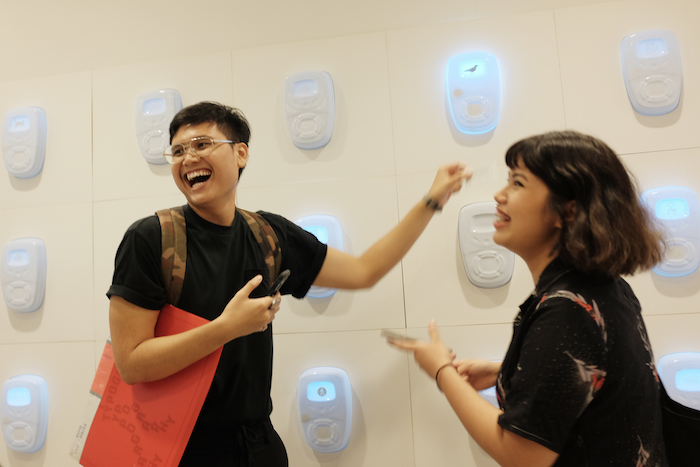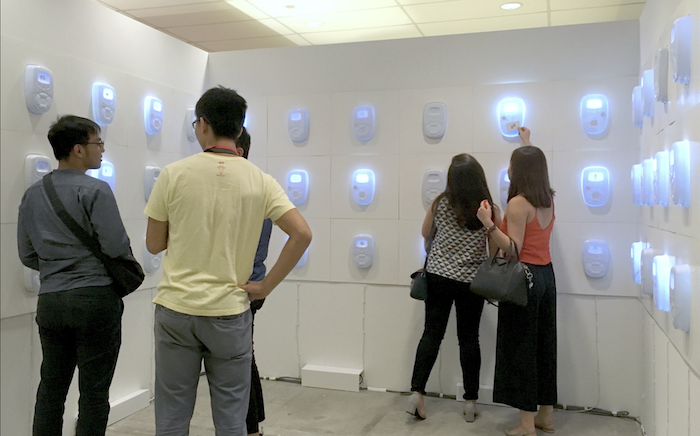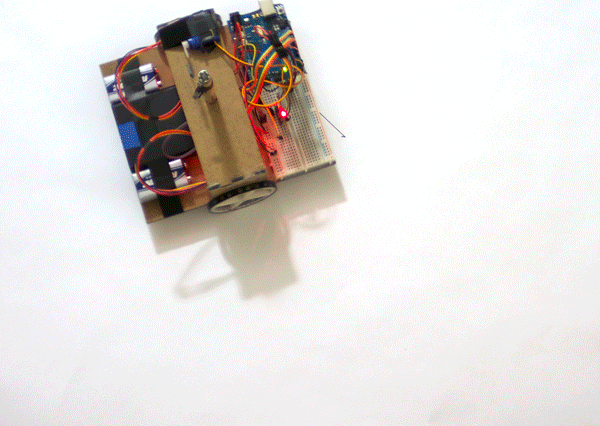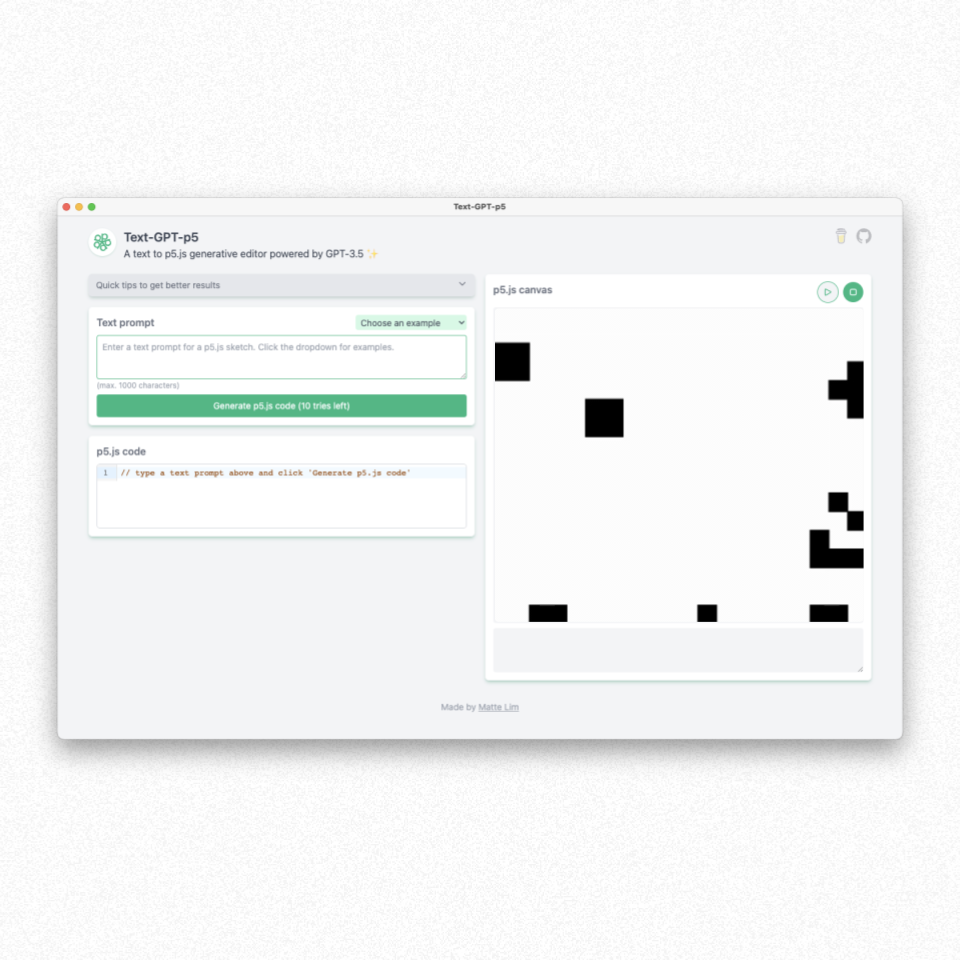
Text-GPT-p5 is a generative p5.js editor / REPL that takes user text prompts, turns them into p5.js code using OpenAI GPT 3.5, and immediately displays the sketch within the window.
I got into programming through Arduino and Processing. I’ve always thought about how to lower the barriers for people to start programming. With GPT, we can now turn plain text into code, allowing people to start coding without knowing code. Text-GPT-p5 takes this further by evaluating the code directly and displaying it; users can also edit the generated code and see the changes immediately.
Text-GPT-p5 is open source – please explore and create your own version: https://github.com/mattelim/text-gpt-p5-app
Text-GPT-p5 in action
]]>Play with it on Replit 

The title is a play on the intentionally misspelled title of Marshall McLuhan’s seminal book. Humans are very fascinated by our own likeness; one of the earliest fictional work about this is the Greek myth of Narcissus. The project utilizes the underlying technologies used by everyday software and popular apps (including artificial intelligence and machine learning algorithms) to consider how they shape our perception.
Improvements such as the use of better machine-learning image segmentation tools (e.g. mediapipe) are in the pipeline. More works may be developed in the future. The project is built using web technologies as well as javascript libraries like p5.js, ml5, and jQuery; it is live on Replit.
GIF animations of two “mirrors” that are powered by Machine Learning (ml5)
Find out more about my art practice on Luke Warme 

Pixel Pointillism is a web app that converts the user’s camera feed into eight component colors through dithering. The user can save the dithered image or download an instruction grid for making a pointillist painting of themselves.
The project started as a teaching tool for middle school students when I was a teacher at Hwa Chong Institution. The phenomenon of optical mixing is not straightforward and Pixel Pointillism helps people learn the concept by creating an artwork of themselves.
Try the app on a microsite built on Replit 


More works in the series are currently being developed.
Find out more about my art practice on Luke Warme 
Rush Hour is an interactive art installation about pace and perception. It was a collaboration with filmmaker Victor Gan.
In 2006, a study confirmed that Singaporeans are the fastest walkers on the planet.
This finding confirms Singapore’s reputation as a nation full of competitive go-getters egged on by its meritocratic system. While being faster, stronger and better seems perfectly desirable, is there an underside to this speed? How much faster can – and should – we go?
Rush Hour is an interactive installation that responds to the walking speed of the participant. The video shows working adults in the business district during rush hour, which connects our local phenomenon to larger narratives of capitalism and the global economy.
Rush Hour was exhibited at “aedge ; (semicolon)” at SOTA Gallery in 2020.
The participant steps onto a step sensor. The slow-motion video changes in real-time based on her/his steps. When s/he walks faster, the figures in the video become more blurred. When s/he stops walking, the video reverts back to clarity.

Find out more about my art practice on Luke Warme 
 [source]
[source]
Yara approached sparkpluck in 2019 to work on the development of Yaralrix. I am under an NDA for the project, below is an excerpt from Yara’s press release:
The YaraIrix system includes a free-to-download-app (for Android & iOS), which uses the smartphone camera to determine Nitrogen demands of different crops in early growth stages. For later growth stages, the app is supplemented by two hardware options (a smartphone clip and a Bluetooth N-Tester).
I am credited as an inventor on the patent for the project. View the patent on the European Patent Register 
Find out more about Yaralrix from Yara’s press release 
60 Second Counts is an interactive art installation about time and timing.
There are two distinct words for time in Greek: kairos and chronos. Kairos refers to a subjective time that is felt by the individual through circadian rhythms, breaths and heartbeats, whereas chronos refers to an objective time measured in hours, minutes and seconds. 60 Second Counts attempts to reconcile subjective and objective time by getting audiences to record their own “minutes”.
60 Second Counts was shown at “aedge: Time and Space” at the SOTA gallery in 2019.

The participant goes into a booth and interacts with a single button. S/he goes through a process of clicking the button sixty times to record her/his interpretation of one minute. The resulting “minute” is projected on the screen as a blinking dot, along with “minutes” by eleven other individuals. Each “minute” starts with a red dot.
Find out more about my art practice on Luke Warme 
Stored Value is a collaboration between sparkpluck and EZ-Link, a company that creates contactless smart cards that are used primarily for public transportation in Singapore.
Description
EZ-Link cards store not only money but also record passenger’s trips around Singapore. Stored Value is a metaphor for a Singaporean collective memory that emerges from the sum of passengers’ journeys, which are each represented by the everyday sounds that we hear.
Stored Value explores the tacitness of Singaporean identity. It captures everyday sounds that people pay little attention to because of how ordinary they are. Yet, when decontextualized, they evoke specific memories that tie us to shared experiences that form a national identity.
Stored Value was exhibited at Singaplural and SHINE Festival in 2017.
The participant taps an EZ-Link card (stored value card) on the replica of a public bus fare deductor. Instead of the usual beep, the “deductor” responds by playing a uniquely Singaporean sound and also becomes illuminated, showing a graphic.
When multiple “deductors” are activated, a mix of sounds are played in concert, creating an immersive soundscape. The sounds are repeatedly played, fading in volume with time.

Drawbot is my final project for Prof. Andy Law’s Computing Physically class in my junior year at RISD.
Drawbot is a wireless pen plotter robot that has no work area limitations. This is unlike most pen plotters in both the open-source community and the commercial sector. It is more broadly speaking an exploration into tetherless, free-roaming digital fabrication tools. Potential applications of Drawbot include sail-making and road painting.
Drawbot was exhibited at the RISD Senior Show in 2016.
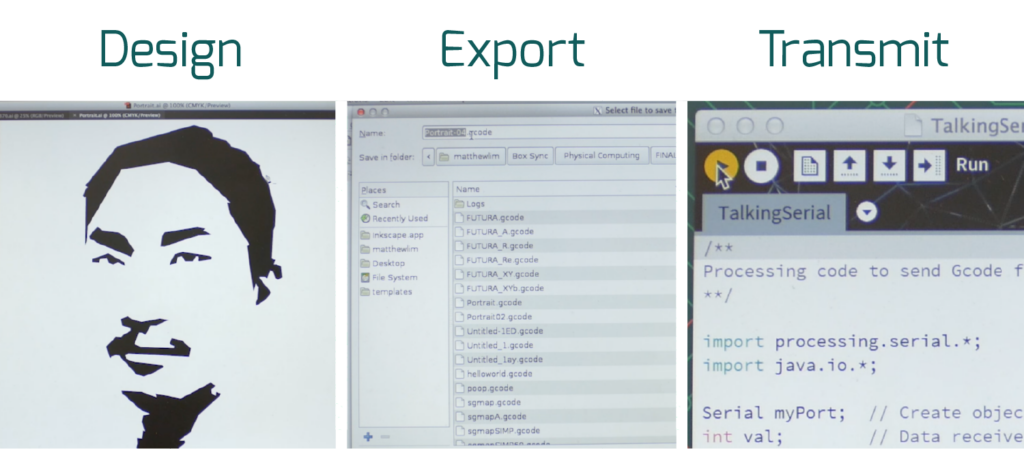
Find out more about the process behind the work on Behance 
